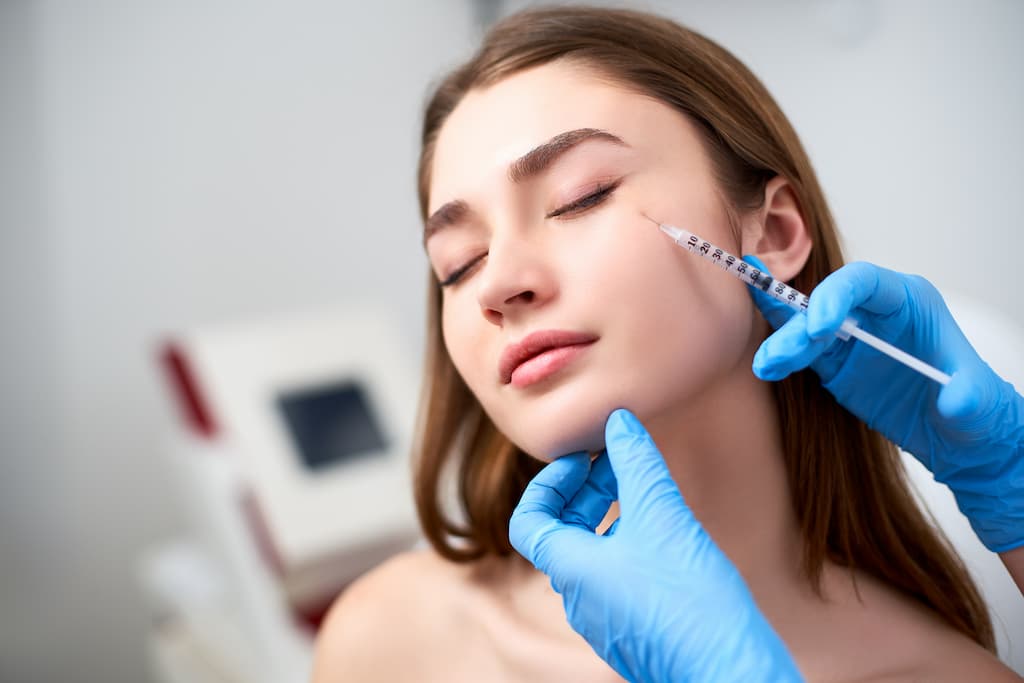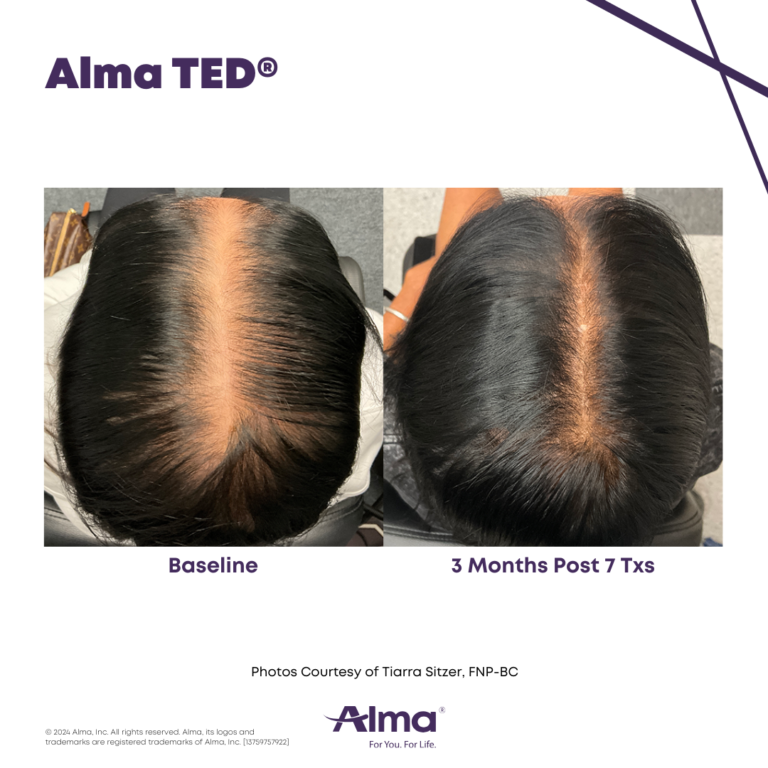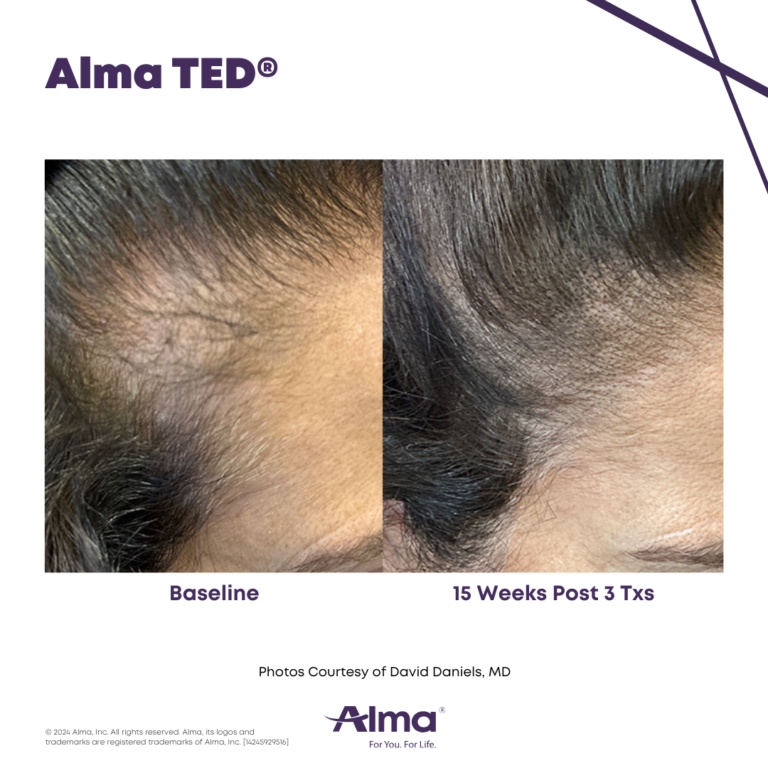Heading

How Long Do Dermal Fillers Last?
Thinking about refreshing your look without surgery? Dermal fillers are a quick, effective way to restore volume
Thinking about refreshing your look without surgery? Dermal fillers are a quick, effective way to restore volume, smooth wrinkles, and enhance your natural beauty—all with little to no downtime. One of the most frequently asked questions patients have is: How long do dermal fillers last? If you’re curious about what to expect and how to make your results last longer, this guide will give you everything you need to know. Knowing how long dermal fillers last can help you budget wisely, plan around events, and choose the best product for your lifestyle. At Premiere Concierge & Wellness, we believe informed patients make confident, beautiful decisions.
Introduction To Dermal Fillers
Dermal fillers are a non-surgical cosmetic treatment designed to restore lost volume, smooth out fine lines and wrinkles, and enhance natural facial contours. As we age, our bodies produce less collagen, elastin, and hyaluronic acid—key components that keep skin firm, hydrated, and youthful. Dermal fillers work by replenishing these substances, offering an immediate boost in volume and structure that can dramatically improve your overall appearance.
Most fillers are made with hyaluronic acid (HA), which attracts and retains moisture. Others, like calcium hydroxylapatite or poly-L-lactic acid, help stimulate collagen production over time. The beauty of these treatments lies in their versatility—they can be used to plump lips, lift cheeks, define the jawline, reduce under-eye hollows, and soften lines around the mouth and nose.
While the results are temporary, understanding how long dermal fillers last helps you make informed decisions about timing, maintenance, and the type of filler that best suits your goals. Whether you’re looking for subtle refinement or a noticeable refresh, fillers can be customized to meet your unique aesthetic needs.
Types of Dermal Fillers
Not all fillers are the same. The type of filler used plays a big role in how long the results will last. Here’s a look at the most common filler types and their average duration:
- Hyaluronic Acid (HA) Fillers
Brands like JUVÉDERM® and Restylane® use HA, a naturally occurring sugar molecule that holds water and gives the skin its plumpness. Results can last 6 to 18 months, depending on the specific formula and treatment area. - Resilient Hyaluronic Acid (RHA®) Fillers
The RHA® Collection—RHA 2, RHA 3, and RHA 4—is a newer generation of hyaluronic acid fillers designed to adapt to facial movement for more natural-looking results. Depending on the formula and placement, results can last up to 15 months. - Calcium Hydroxylapatite (CaHA)
Used in RADIESSE®, this thicker filler ingredient stimulates collagen and is often used for deeper wrinkles. It typically lasts 12 to 18 months. - Poly-L-lactic Acid (PLLA)
Sculptra® stimulates your body’s collagen production for longer-lasting volume. Though results appear more gradually, they can last up to 2 years.
Factors That Affect How Long Dermal Fillers Last
There isn’t a one-size-fits-all answer to how long dermal fillers last. Several factors can influence the duration of your results:
- Filler Type: As mentioned, different fillers have different lifespans.
- Treatment Area: Areas with more movement (like lips) may metabolize filler faster.
- Metabolism: People with fast metabolisms often break down fillers more quickly.
- Injection Technique: An experienced injector will strategically place filler for optimal longevity.
- Product Volume: More filler can sometimes result in longer-lasting results.
- Lifestyle: Smoking, sun exposure, and poor skin care can degrade fillers faster.
Think of dermal fillers like a tailored outfit—they look best when designed to fit your unique features and lifestyle. For instance, an avid runner may metabolize filler faster than someone less active. That’s why we tailor each plan based on your lifestyle and facial anatomy.
Duration of Results for Different Areas of the Face
Different parts of the face respond differently to fillers due to varying muscle movement and skin thickness. Here’s a general timeline for how long dermal fillers last in various areas:
- Lips: 6-9 months (due to high mobility)
- Nasolabial folds (smile lines): 9-12 months
- Cheeks: 12-24 months (thicker skin and less movement)
- Under-eyes: 12-18 months (delicate area; lower metabolism rate)
- Jawline and chin: 12-18 months
- Temples: 12-24 months
These timelines are estimates, and individual results may vary.
Tips for Extending the Effects of Dermal Fillers
While dermal fillers are eventually absorbed by the body, there are several ways to help them last longer:
- Follow Aftercare Instructions
Avoid strenuous exercise, alcohol, and sun exposure for at least 24-48 hours post-treatment to minimize swelling and prolong results. - Maintain Hydration
Since many fillers (like HA) bind to water, staying hydrated can help maintain plumpness. - Use High-Quality Skincare
Protect your skin barrier with medical-grade skincare products to support filler results. - Sun Protection
UV rays can accelerate filler breakdown. Use SPF 30+ daily to shield your skin. - Healthy Lifestyle
Avoid smoking and excess alcohol, and maintain a balanced diet to support collagen and skin health. - Regular Touch-Ups
Scheduling maintenance appointments before full absorption can help maintain results with less product over time.
Frequently Asked Questions
How long do dermal fillers typically last?
Depending on the type of filler and the treatment area, results can last anywhere from 6 months to 2 years. Our team can help guide you toward the option that fits your goals best.
What factors can affect the longevity of dermal fillers?
Factors that affect how long your results last include the type of filler used, treatment area, metabolism, injection technique, and lifestyle habits such as sun exposure and smoking.
Are there different types of dermal fillers with varying durations of effectiveness?
Hyaluronic acid fillers typically last between 6-18 months, while poly-L-lactic acid fillers, such as Sculptra®, can last more than 2 years. The longevity of the filler is influenced by how it interacts with your body.
How can I make dermal fillers last longer?
You can extend results by staying hydrated, avoiding sun damage, following post-care guidelines, and scheduling regular touch-ups before full product absorption.
When should I schedule touch-up treatments for dermal fillers?
It’s best to plan touch-ups before the filler fully dissipates—typically every 6–12 months, depending on the treatment area and product used. Your provider can create a customized schedule based on your goals.
Your Journey To Smoother, Plumper Skin Starts at Premiere Concierge & Wellness
If you’re ready to experience the smoothing, plumping effects of dermal fillers—or if you want to learn how long dermal fillers last based on your unique skin and goals—Premiere Concierge & Wellness in Lakewood Ranch, Florida, is here to help. Our expert team provides safe, natural-looking results with an emphasis on personalization and long-term beauty.
Schedule a personalized consultation with one of our licensed providers today, and take the first step toward smoother, plumper, and more youthful skin.









